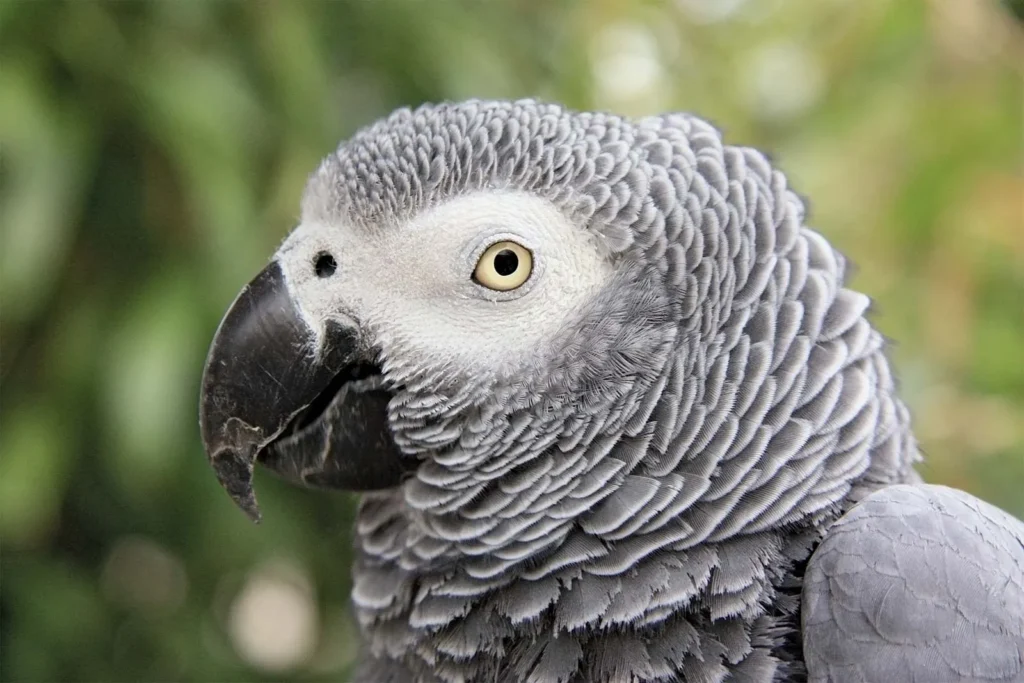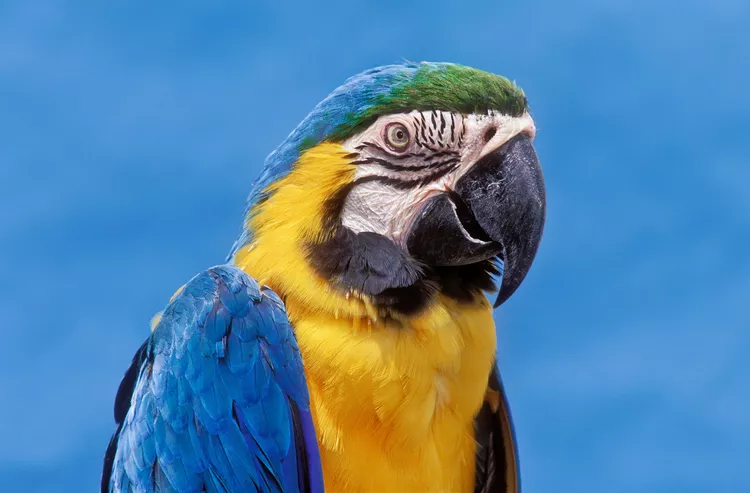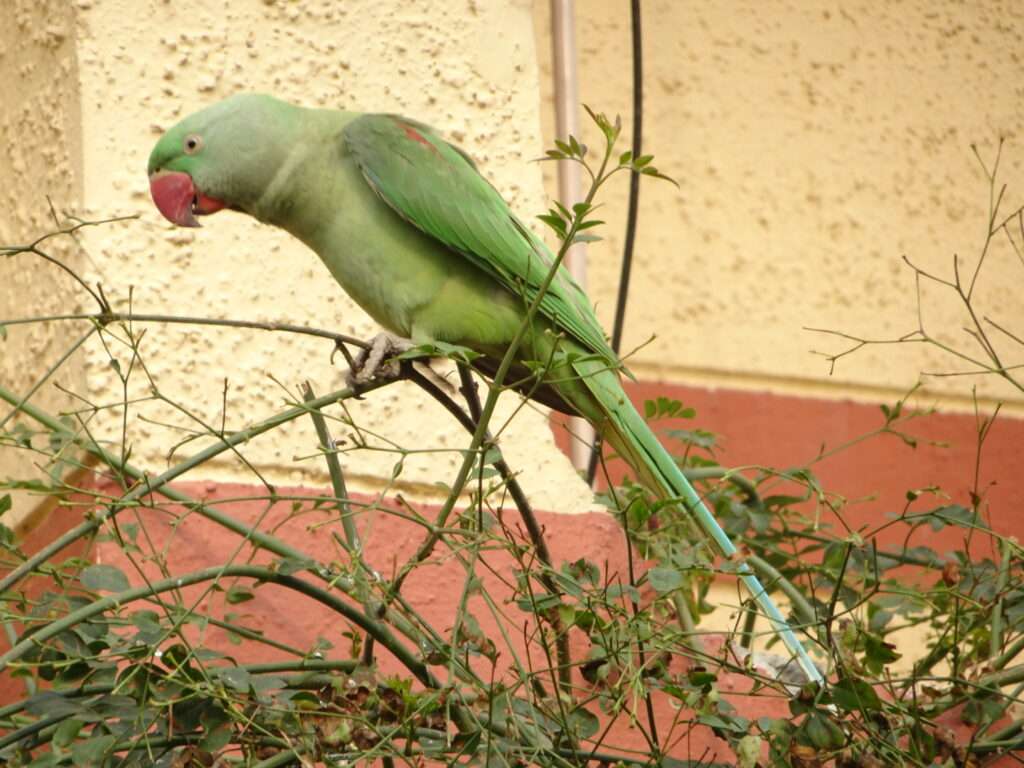
Description
Life span: 30+ years
Unquestionably the biggest and perhaps the most attractive member of the macaw family is the hyacinth macaw. Of all the parrot species, it is the biggest. Because it is a rare and endangered species, only a very dedicated owner who can fully satisfy the bird’s needs should keep it.
A brilliant yellow ring surrounds the hyacinth macaw’s eye, and the base and corners of its beak also have the same hue of yellow. It has a stunning blue color all over its body. It’s commonly called a “blue macaw” alone. It has a long, sharp tail.
Habitat/Native Region
The hyacinth macaw lives in its natural habitat in eastern and central South America. The hyacinth macaw prefers to reside in palm swamps, forested areas, and semi-open settings rather than deep, damp forests. It frequently lives in expansive areas along important rivers.
It is considered that there are about 2,500–5,000 Hyacinth macaws left in the wild today, making it a threatened species. The number of hyacinths has decreased as a result of habitat loss, illicit poaching for the pet trade, and hunting for food and feathers.
As Pet

Behavior
Despite having a frightening appearance due to its enormous size and strong, sharp hooked beak, the hyacinth macaw is a sociable giant. Hyacinths are typically very amiable. They are easy to train, and they frequently develop strong relationships with those who look after them.
Hyacinth macaws have a wide range of vocalizations, from high trills to deep guttural growls. They are also capable of purring. They often make more noise when they form large flocks. Though they will learn and repeat a few favored words and phrases, hyacinth macaws are not the best talkers among macaws.
Care
A person who has successfully raised multiple birds in the past or who has done significant research, met with experts, and is fully aware of what they are getting into is the best person to take care of a hyacinth macaw.
This enormous bird needs a very huge enclosure. Be ready to share a big amount of home with this bird. A “regular” cage is improper in this circumstance. The hyacinth macaw can easily escape from these cages as well because the majority of commercial cages are too small. The best option is a fully enclosed room, patio, or other properly secured, bird-proofed place, although a specially made cage or one of the biggest commercial cages will do.
Table





